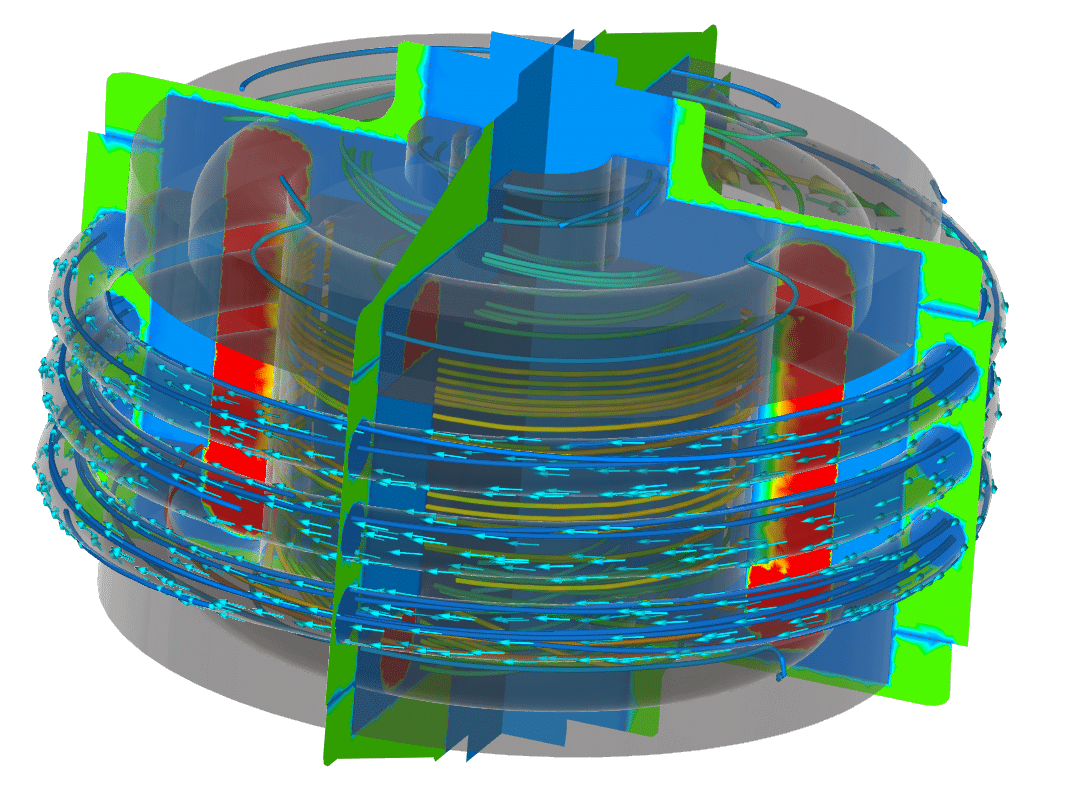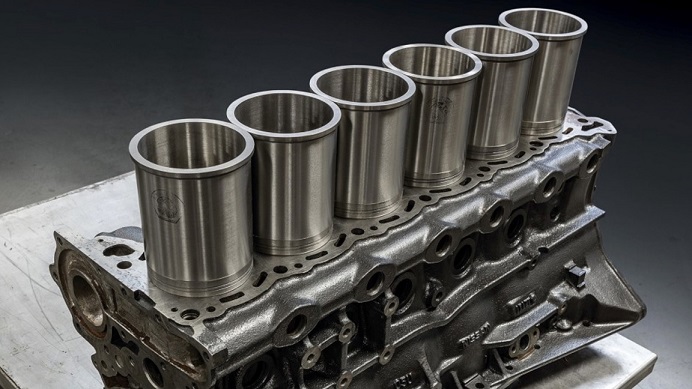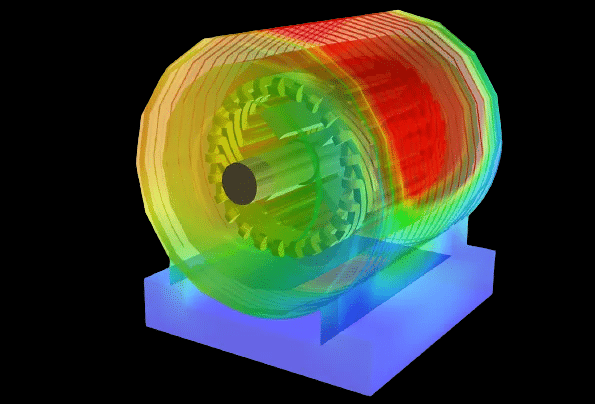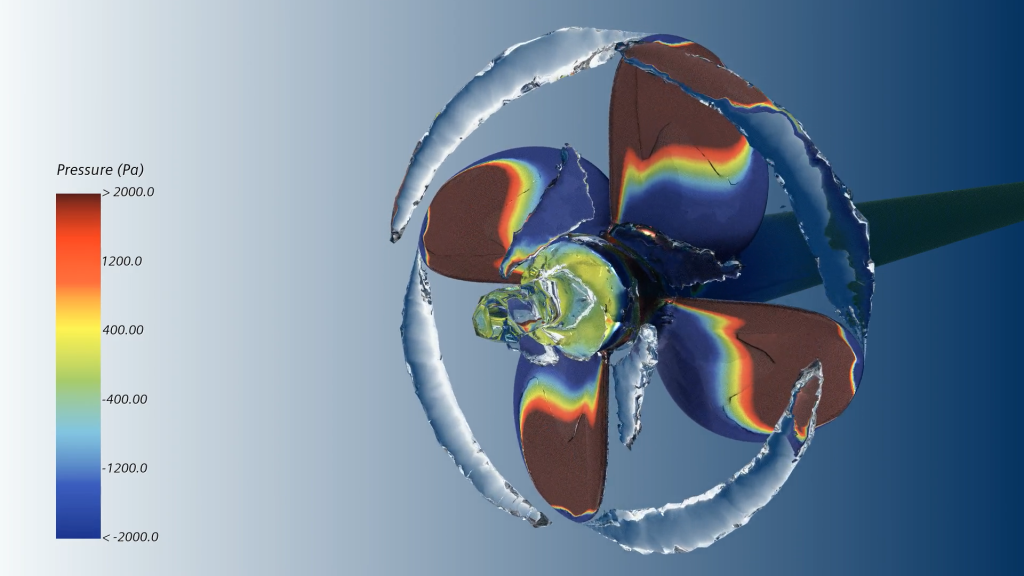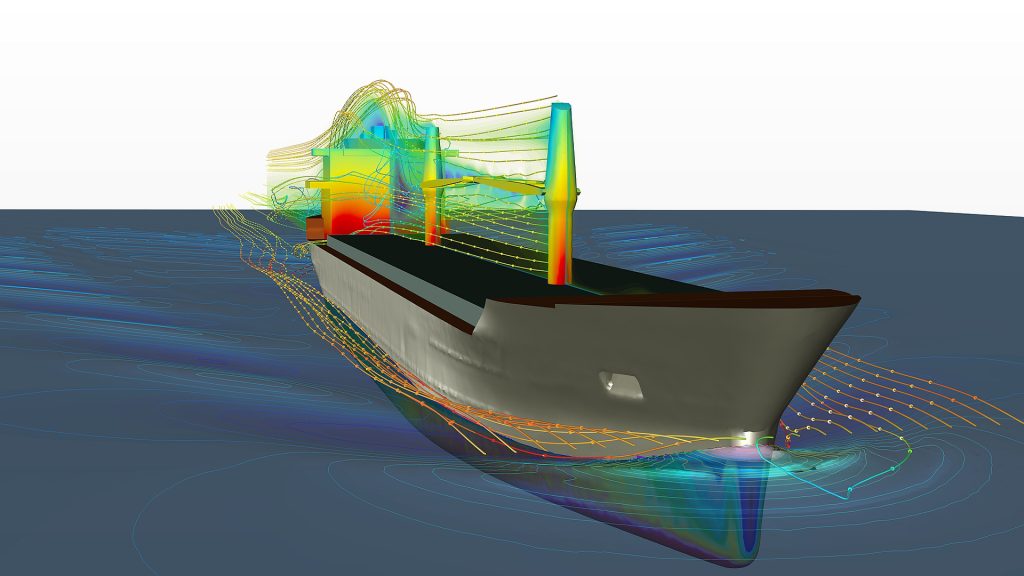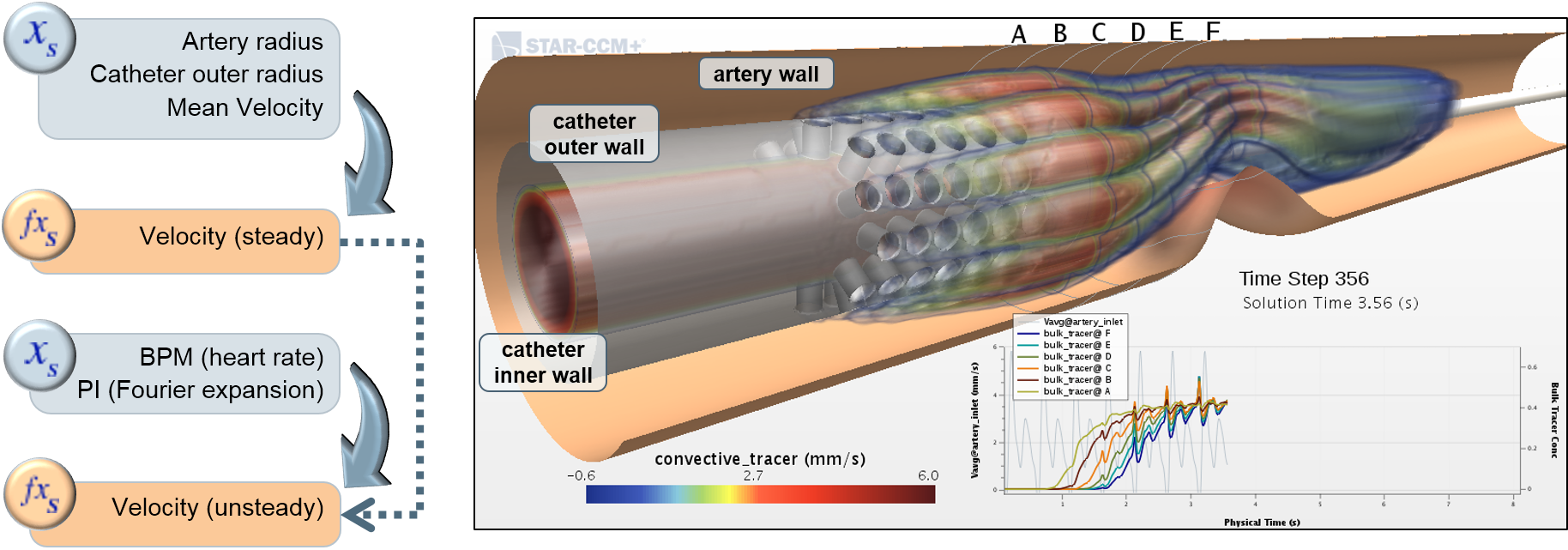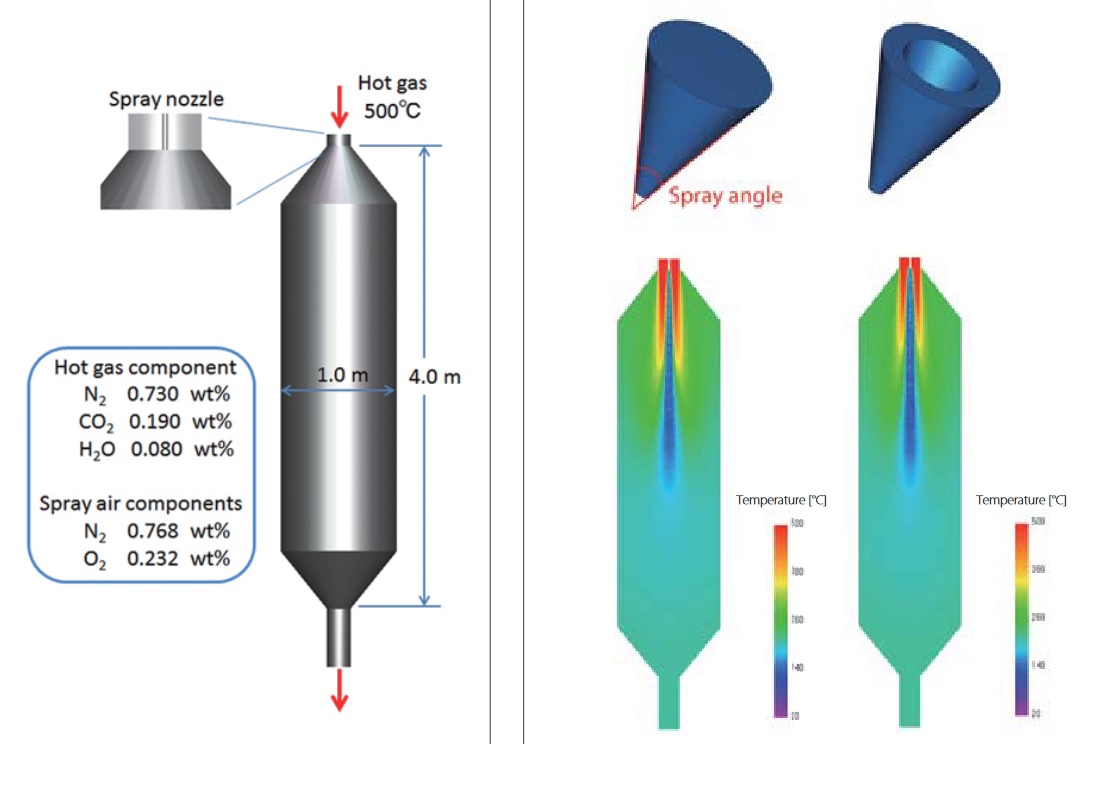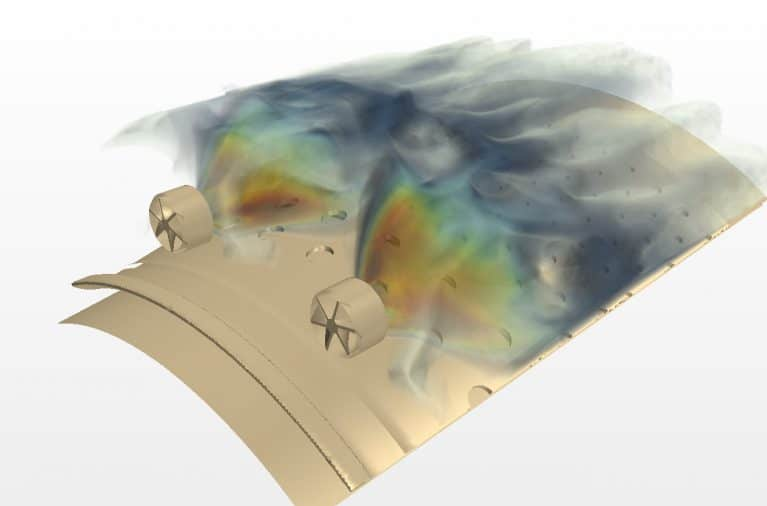Simulating the thermal performance of a product early in the design phase can save large amounts of time and money by getting the design of the early prototypes right from a thermal management standpoint, thus reducing the need for additional prototypes that might otherwise be required to diagnose and correct thermal issues.
Simple computational fluid dynamics (CFD) software can be used to analyze thermal issues such as determining how heat is transferred through a fluid. But many problems are more complex, such as those that involve multiple mechanisms of heat transfer, where heat is transferred through both solids and structures.
Cases in which the fluids and structures involved in heat flow are closely coupled, so that thermal deflection of the structures affects the fluid flow, are also challenging. Engineers often need to understand how heat is transferred by a number of different mechanisms through a complicated interconnected system in order to understand how their product or process will perform under a given set of conditions. This point is one of the applications of FSI simulation with the coupled CFD–FEA method.
As in isolated FEA and CFD, one of the most profound benefits of FSI analysis is the ability to conduct comprehensive, multi-point optimization of designs. This process allows us to optimize a design to a given set of performance parameters and can be used to tune frequencies, maximize fatigue life, or avoid harmful resonance.
-
▶
Tune natural frequencies and avoid resonance
-
▶
Maximize fatigue life across operating conditions
-
▶
Perform multi-point, multi-physics optimization for performance targets


